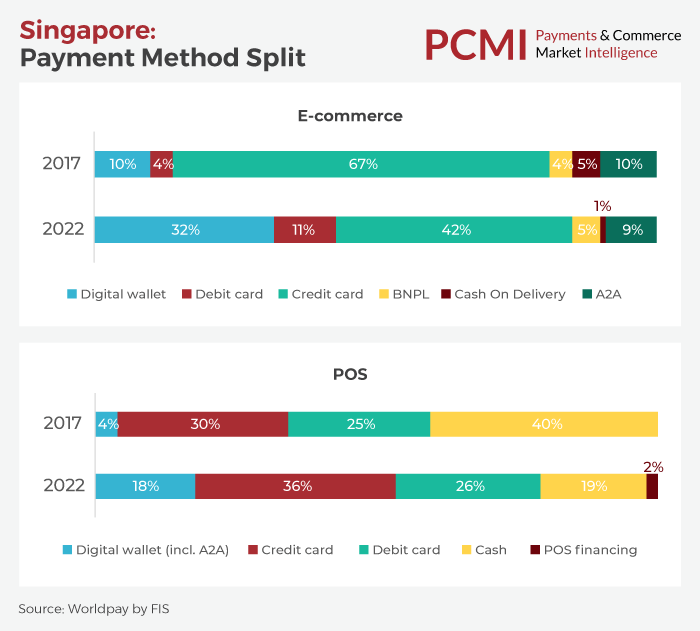Investigating the Rise of Mobile Payments in Southeast Asia 2024
The rapid adoption of mobile payments in Southeast Asia is revolutionizing the region’s financial landscape. Understanding these mobile payment trends in Southeast Asia is crucial for identifying strategic opportunities. This article explores the rise of mobile payments, leading providers, user adoption rates, regulatory challenges, and the market potential in Southeast Asia.
Mobile Payment Trends in Southeast Asia
The mobile payment ecosystem in Southeast Asia has seen significant growth, driven by the increasing penetration of smartphones and the internet. According to recent data, digital wallets are now leading the charge in both e-commerce and point-of-sale (POS) transactions. In Singapore, digital wallets accounted for 32% of e-commerce payments in 2022, up from 10% in 2017. The rise is similarly notable in the POS space, with digital wallet usage increasing from 4% in 2017 to 18% in 2022.

In Thailand, digital wallets represented 23% of POS payments and 25% of e-commerce payments in 2022. The Philippines showcases an even more dramatic shift, with digital wallets capturing 56% of POS payments and a remarkable 81% of e-commerce payments in the same year. This shift underscores the increasing consumer preference for convenient and secure mobile payment options.
Leading Providers and User Adoption Rates
Several key players are driving the mobile payment revolution in Southeast Asia. Providers like GrabPay, GCash, and ShopeePay are leading the market, offering integrated services that cater to the diverse needs of consumers across the region. GrabPay, for instance, leverages its super-app ecosystem to provide seamless payment experiences, enhancing user adoption and engagement.
User adoption rates have surged due to the convenience and security offered by mobile payments. Embedded experiences and super-apps are particularly influential, as they integrate multiple services into a single platform, making transactions effortless for users. The increasing adoption of digital wallets reflects a broader trend towards cashless transactions, driven by the need for contactless payment solutions amid the COVID-19 pandemic.
Regulatory Challenges
Despite the rapid growth, the mobile payment sector in Southeast Asia faces several regulatory challenges. Each country in the region has its own regulatory framework, which can create complexities for mobile payment providers operating across borders. Ensuring compliance with diverse regulatory requirements is crucial for the sustained growth of mobile payments.
Regulatory bodies in countries like Singapore and Malaysia have been proactive in creating supportive environments for fintech innovations. However, there is a need for harmonized regulations across the region to facilitate seamless transactions and enhance security. Regulatory sandboxes and collaborations between governments and fintech companies can play a pivotal role in addressing these challenges.
Market Potential
The market potential for mobile payments in Southeast Asia is vast. The region’s diverse economies, each at different stages of digital maturity, offer numerous opportunities for growth. The high unbanked population and increasing smartphone penetration create a fertile ground for mobile payment solutions that drive financial inclusion.
In countries like Indonesia and Vietnam, the demand for mobile payments is expected to rise significantly, driven by the young and tech-savvy population. The integration of artificial intelligence (AI) and machine learning (ML) in mobile payment platforms will further enhance user experiences and drive innovation.
Additionally, the focus on sustainable and green finance is likely to shape the future of mobile payments. Providers that integrate environmentally conscious practices into their operations will attract more users and investors, contributing to the sector’s growth.
Conclusion
The mobile payment trends in Southeast Asia highlight a significant shift towards digital financial services. Despite regulatory challenges, the region’s market potential remains robust, driven by high user adoption rates and innovative solutions from leading providers. As mobile payments continue to evolve, they will play a crucial role in transforming Southeast Asia’s financial landscape.

